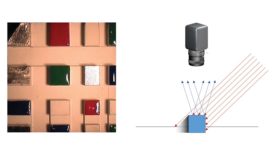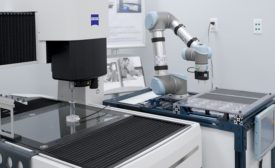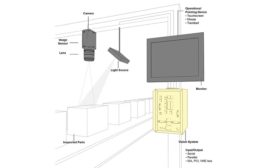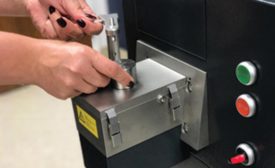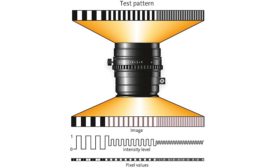Home » Keywords: » optics
Items Tagged with 'optics'
ARTICLES
Vision & Sensors | Sensors
New opportunities continually emerge — including in the field of robotics and autonomous machines.
Read More
Quality Headline
Marposs Acquires Grinding Machine Measuring Technology Business from Jenoptik
May 31, 2022
Vision & Sensors | Machine Vision 101
Optics 101: Assembling a Machine Vision System
Defining the needs of the system will refine the choices for types of cameras, imaging lenses, and illumination schemes.
May 1, 2022
Collaborative Robots: Moving into the Quality Lab
Optipro enhances their world-class optics manufacturing systems using new tools for robotic machine tending and small part measurement.
August 4, 2020
A Quality Assurance Toolset for Modern Manufacturers
Before you can fully utilize machine vision, you need to understand the basics.
January 8, 2020
Choosing a Lens for Machine Vision
Not surprisingly, with the enormous range of sensor formats and resolutions available in machine vision cameras, there are many options for lenses.
September 1, 2017
Stay in the know with Quality’s comprehensive coverage of
the manufacturing and metrology industries.
eNewsletter | Website | eMagazine
JOIN TODAY!Copyright ©2024. All Rights Reserved BNP Media.
Design, CMS, Hosting & Web Development :: ePublishing



